Loading
Journal of Experimental Neurology
ISSN: 2692-2819
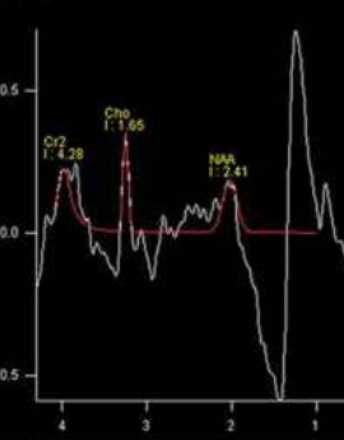
2020
Volume 1, Issue 1, p1-30
Articles published in this issue are Open Access and licensed under Creative Commons Attribution License (CC BY NC) where the readers can reuse, download, distribute the article in whole or part by mentioning proper credits to the authors.
Study on Imaging Findings, Pathology and Treatment of Cerebellar Infarction
Xiaoyun Zhou, Bao Wang, Guanfeng Shang, Bin Zhao
To explore the pathological mechanism and clinical treatment of cerebellar infarction through the clinical imaging changes of cerebellar infarction.
J Exp Neurol, 2020, Volume 1, Issue 1, p1-9 | DOI: 10.33696/Neurol.1.001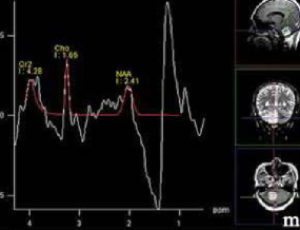
Prevention of Suicide in Persons with Progressive Neurological Diseases
Ladislav Volicer
People suffering with neurological diseases are at risk of committing suicide. A case-control study found increased risk of attempted suicide in patients with nine chronic neurological diseases [1]
J Exp Neurol, 2020, Volume 1, Issue 1, p10-12 | DOI: 10.33696/Neurol.1.002
Epilepsy in Neurodegenerative Disease: A Commentary
Arun Swaminathan
Case Summary - We published a case report of a 22-year-old woman who presented to our university hospital with encephalopathy and left hemiparesis of a few weeks duration.
J Exp Neurol, 2020, Volume 1, Issue 1, p13-16 | DOI: 10.33696/Neurol.1.003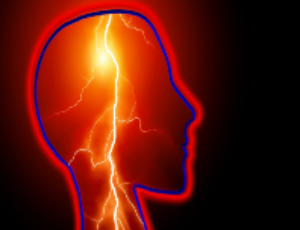
What is the Time Necessary to be Able to Place Transpedicular Screws According to the Chosen Technique?
Iñaki Arrotegui
Transpedicular screw placement techniques are technically plaintiffs have relied on navigation intraoperative which is limited by its high cost, limited use of a fluoroscope with the radiological overexposure of the personnel of health and patient offers limited help when placing screws, and vertebral anatomical modifications especially in patients with degenerative pathology result an index of placement-related complications suboptimal of the screws [1,2].
Since its introduction by Roy-Camille [3] and Louis [4] in the seventies, the use of screws pedicle has increased markedly to the present day
J Exp Neurol, 2020, Volume 1, Issue 1, p26-30 | DOI: 10.33696/Neurol.1.005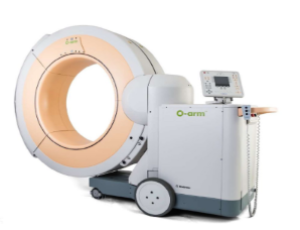
Commentary on "Dysfunction of the Magnocellular Stream in Alzheimer Disease Evaluated by Pattern Electroretinograms and Visual Evoked Potentials"
Ferdinando Sartucci, Luciano Domenici, Vittorio Porciatti
Alzheimer’s disease (AD) represents the most common cause of dementia. Even if AD is commonly viewed as a disorder primarily of memory, there are several other additional domains, including visual function.
J Exp Neurol, 2020, Volume 1, Issue 1, p17-25 | DOI: 10.33696/Neurol.1.004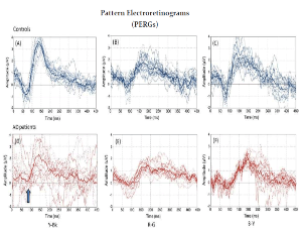
Recommended Articles
Exercise Benefits on Alzheimer’s Disease
Alzheimer’s disease (AD) is an age-related neurodegenerative disorder [1] and the most common cause of human dementia, accounting for approximately 60%?80% of cases. It is estimated that more than 30 million AD patients, and the number likely to increase to over 100 million by 2050 because of the increase of the elderly population [2].
Effect of Exosomes on Alzheimer’s Disease
AD is a neurodegenerative disease characterized by progressive cognitive impairment, behavioral changes, memory loss and executive dysfunction, all of which present serious threats to the health of older people.
Virtual Reality Zoo Therapy: An Interactive Relaxing System for Alzheimer’s Disease
The number of people with Alzheimer’s disease (AD) is on the rise, yet there is no effective pharmacological treatment that can slow or reverse the disease’s progress
Glucose Metabolism is a Better Marker for Predicting Clinical Alzheimer’s Disease than Amyloid or Tau
Alzheimer’s disease (AD) research has long been dominated with communications regarding the amyloid hypothesis and targeting amyloid clearance through pharmacological therapies from the brain [1].
Human Gray and White Matter Metabolomics to Differentiate APOE and Stage Dependent Changes in Alzheimer’s Disease
Alzheimer’s disease (AD) is a leading cause of death and morbidity in the United States [1]. The hallmarks of AD are β-amyloid (Aβ) and tau. However, studies have indicated that metabolic dysfunction may play a more pivotal role in the progression of AD [2]. Glucose hypometabolism and mitochondrial dysfunction are well-known features of AD [2].
An Updated Overview of Alzheimer’s Disease
Alzheimer’s Disease (AD) is the most common form of dementia. Patients diagnosed with AD experience disordered cognition and memory, as well as changes in behaviour and personality. The vast majority of AD is diagnosed in patients aged over 65 years and classified as late onset (LOAD), with the remaining ~1% of cases termed early onset AD (EOAD).
The Jalisco Mutation: Familiar Alzheimer’s Disease in México
Before the age of 65, people with mutations in the genes for Presenilin 1 (PSEN1), Presenilin 2 (PSEN2), and the amyloid precursor protein (APP) experience familial Alzheimer’s disease (FAD). The sporadic type of Alzheimer’s disease (AD) is multifactorial and associated with the Apolipoprotein E ε4 allele (APOE ε4), which can up to 12 times increase the risk of getting the condition
Cerebrovascular Dysfunction in Alzheimer’s Disease and Transgenic Rodent Models
Alzheimer’s Disease (AD) and Alzheimer’s Disease-Related Dementia (ADRD) are the primary causes of dementia that has a devastating effect on the quality of life and is a tremendous economic burden on the healthcare system. The accumulation of extracellular beta-amyloid (Aβ) plaques and intracellular hyperphosphorylated tau-containing neurofibrillary tangles (NFTs) in the brain are the hallmarks of AD.
About Scientific Archives
Scientific Archives is a global publisher initiated with the mission of ensuring equal opportunity for accessing science to research community all over the world. Spreading research findings with great relevance to all channels without any barrier is our goal. We want to overcome the challenges of Open Access with ensured quality and transparency.
